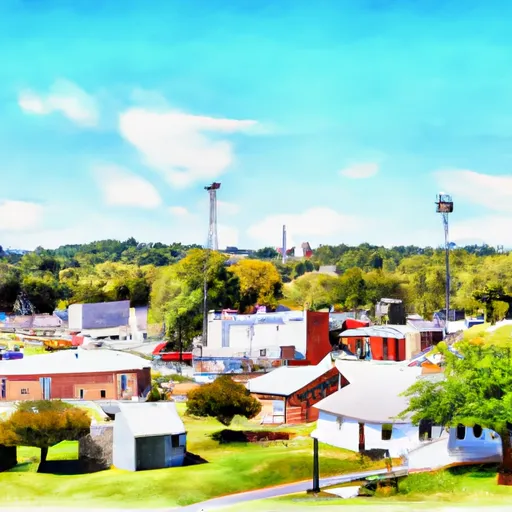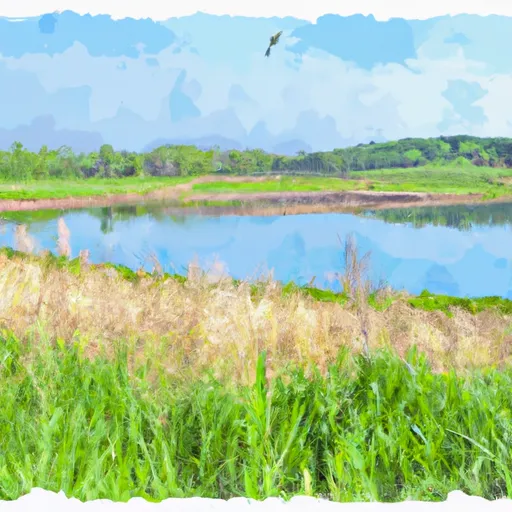°F
°F
mph
Windspeed
%
Humidity











Leroy, Alabama is a small rural community located in Washington County in southwestern Alabama. The climate in Leroy is classified as humid subtropical, characterized by hot, humid summers and mild winters. Summers are typically hot with temperatures often reaching the mid-90s Fahrenheit, while winters are relatively mild with temperatures averaging in the 50s.
Leroy is situated in an area abundant with water resources. The town is surrounded by numerous rivers and streams, including the Alabama and Tombigbee rivers, which contribute to the hydrology of the region. These water bodies provide opportunities for various recreational activities such as fishing, boating, and canoeing. Anglers can expect to catch a variety of fish species, including bass, catfish, and crappie.
In addition to water-based activities, Leroy and its surrounding areas offer opportunities for outdoor enthusiasts. With its picturesque landscapes and abundant wildlife, the region is ideal for birdwatching, hunting, and hiking. There are several natural areas and parks nearby, such as the Upper Delta Wildlife Management Area, where visitors can explore the diverse flora and fauna of the region.
Overall, Leroy, Alabama, with its favorable climate, rich hydrology, and diverse outdoor recreation opportunities, is a charming destination for nature lovers and those seeking an escape from urban life.
Weather Forecast
Leroy receives approximately 1513mm of rain per year, with humidity levels near 85% and air temperatures averaging around 19°C. Leroy has a plant hardyness factor of 8, meaning plants and agriculture in this region tend to thrive here all year round.
Regional Streamflow Levels
711
Cubic Feet Per Second
4,700
Cubic Feet Per Second
585
Cubic Feet Per Second
773
Cubic Feet Per Second
Nearby Camping
| Camping Area | Reservations | Toilets | Showers |
|---|---|---|---|
| St. Stephens Historical Park | |||
| Chickasaw State Park | |||
| Blakeley State Park | |||
| Meaher State Park | |||
| Chickasabogue Park | |||
| Mobile County Marina |



